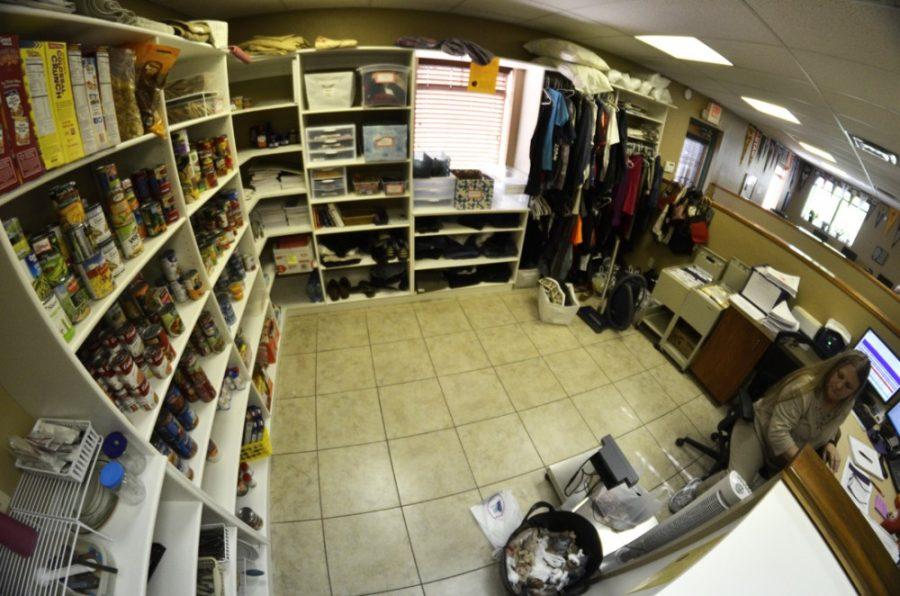How old do you think the average homeless person is?
You were thinking people in their 20s or 30s, right? Older?
In 2015 on First Focus on Children, Alex Rosen, manager of the Chapman Partnership Homeless Service in Miami, FL., said that the average age of a homeless person in the United States is 11 years old.
Homeless youth are simply not talked about or acknowledged enough throughout society, yet pose a problem throughout the United States.
Chosen among 22 other communities nationwide, the United States Department of Housing and Urban Development has given Pima County a grant of $4.5 million to help community efforts to end youth homelessness throughout the community.
This grant will be able to fund more housing options for homeless youth under the age of 25. The Tucson Pima Collaboration to End Homelessness will be running the project, which is expected to launch within the year, according to Patch Media.
“As of January 2019, Arizona had an estimate of 10,007 people experiencing homelessness on any given day,” according to the United States Interagency Council on Homelessness. Of that total, 587 were unaccompanied young adults.
The definition of young adult varies. The definition of “youth” by the United Nations includes people as old as 24, for example.
RELATED: OPINION: Criminalizing compassion
But what about youths under the age of 18? What about the homeless youth in schools or trying to stay in school?
Unaccompanied youth are people who are not in the physical custody of a parent or guardian, including those who have run away or been forced to leave their homes, according to National Law Center on Homelessness & Poverty.
When people think of homelessness they rarely think of people under the age of 24. They mostly think of adults out on the streets, maybe bundled up in non-matching layers.
We don’t really see these homeless young people because we don’t necessarily recognize it. Youth homelessness is so much more subtle and undetectable because of this stereotype that is carried throughout society. This stereotype is probably what makes it so hard for these youths to ask for help, and possibly contributes to the general lack of news coverage on the issue.
During the 2016-2017 school year, according to public school data reported to the United States Department of Education, there was an estimated 24,770 Arizona public school students experiencing homelessness over the school year.
Throughout Pima County, according to KGun-TV, Pima County has about 5,600 homeless students with 1,200 of those students being enrolled throughout the Tucson Unified School District.
In regards to youth homelessness being talked about in the news media, Marketing and Outreach manager Katrina Calderon from Youth on Their Own said, “I don’t think it’s something that Arizona itself has actually locked down.”
Youth on Their Own is a drop out prevention organization that aids homeless youth from sixth to 12th grade. They provide help in three ways with financial assistance, providing basic human needs such as food and hygiene items and guidance.
With the statistics of homeless youth throughout Pima County, Calderon said that not every homeless youth is going to take a survey and be honest about their situations. So, the topic of homeless youth among the homeless youth themselves is not even talked about much. And that is not because they don’t want to, it’s because they are scared.
“Because they’re possibly afraid,” Calderon said. “Possibly afraid that they are going to be taken away from their home or their life. They don’t want to be put into the system.”
I don’t necessarily think that youth homelessness should be normalized, but I do think that the topic itself should be addressed more to fight the negative stereotype and that there should be more attention brought to resources like Youth on Their Own for these homeless youth to be able to turn to. It does not seem like a reality to most people — even the youth themselves.
Follow the Daily Wildcat on Twitter









